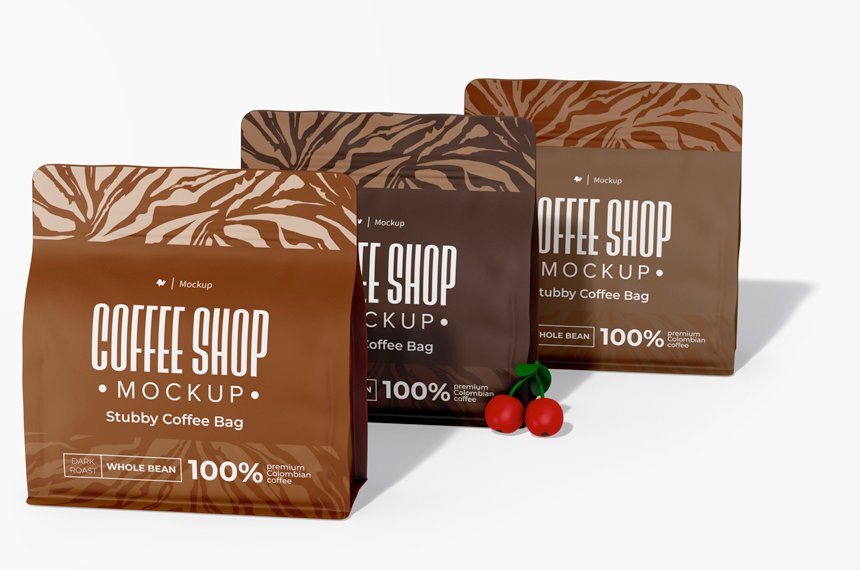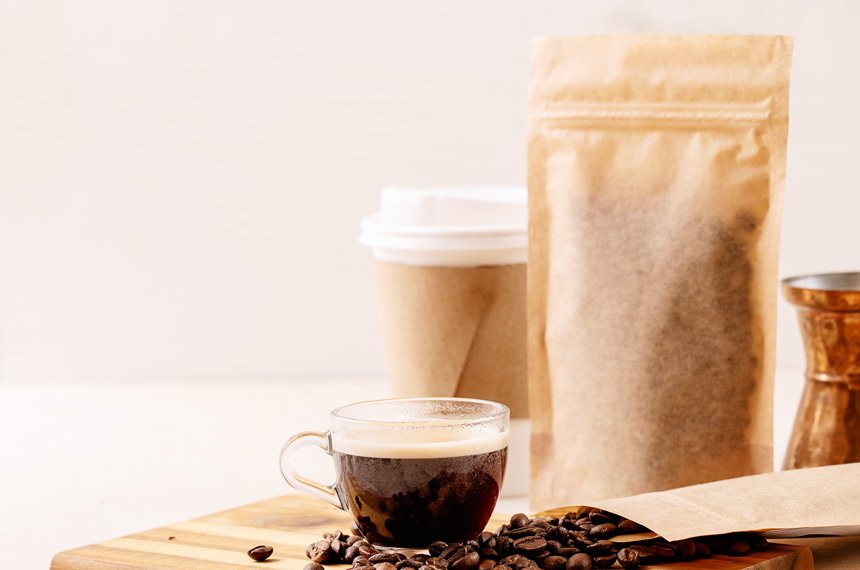We all know that plastic packaging is a resource derived from petrochemicals. These are non-renewable resources that cause environmental pollution. Post-consumer packaging now accounts for 5% of landfills each year. Increasing the numbers of consumers and brands seeking a solution to lessen the impact of plastic packaging on the environment.
PLA and its continuous application in the packaging industry can be an excellent choice for you. It is completely degradable after use solving the environmental pollution caused by post consume plastic. These are also renewable resources that provide the earth with life-promoting nutrients. But are compostable materials best suited for your packaging products?
Well, the answer is yes! It is the perfect material to consider for environmental factors. But not so much if we take into consideration the following. Like its source, composting facility, and packaging performance. Since PLA is not the most ideal material for this in flexible packaging.
Let us analyze and compare everything you need to know about PLA plastics. Here are the advantages and disadvantages of PLA plastics in the flexible packaging industry.
What is PLA
PLA belongs to the family of aliphatic polyesters made from hydroxyl acids discovered in 1932. It is a thermoplastic high-strength polymer extracted from a renewable resource. This can be turned into cornstarch, cassava, and sugar cane. Because of its compostable and renewable features. PLA is designed to replace the widely used petroleum polymers like PET, PE, Nylon as sustainable packaging materials.
The disadvantage of the PLA
Energy consumed
PLA comes from plants that use photosynthesis to absorb carbon dioxide. Which makes it good for the environment. The extraction of fossil resources and ordinary plastic materials requires more energy resulting in more carbon gasses. But with PLA, It uses less energy and emits fewer greenhouse gases. That improves carbon footprint reduction.
PLA compostable
Flexible packaging association surveyed the after use of traditional plastics. When we dump traditional plastics they lack sunlight and air contact. Which takes hundreds of years before it decomposes. With PLA, it can be broken down into natural elements. After the recycling process, we can return them to nature. By using commercial composting facilities that are good for the environment.
But not all PLA plastic packaging is taken to composting plants for degradation. It can be sent to incinerators for incineration like traditional plastics. But unlike traditional plastics that release toxic chemicals upon incineration. The PLA plastics do not produce toxic gases during combustion, as they are based on biological principles.
The disadvantage of the PLA
Expensive cost for raw material
PLA is not as cost-efficient as traditional plastics when it comes to the process and extraction of raw materials. The current production technology of the PLA factories is unstable and production capacities are insufficient to meet the global demand for raw materials of plastic packaging. Since the demand exceeds supply, the prices for PLA raw materials are costly. A ton of PLA raw materials is equivalent to four times the price of traditional raw materials. Making the price of completed bags pricey, which is not suitable for price-sensitive and highly competitive industries.
Composting facility
Composting facility
Yes, PLA plastic is compostable, which is fantastic. But you can’t expect it to decompose in your backyard. PLA requires an industrial composting plant heated to 60 ° C and digestive microbes to decompose it.
Currently, there are only several commercial composting plants in European and American countries. Not to mention the low penetration rate of commercial composting plants on some continents. Of course, the disposal of PLA plastic in landfills is also an acceptable option at the end of life.
Not officially certified
In the flexible packaging market, PLA replaces the function of PE material in the multi-layer material. Which is laminated as a heat seal that increases the fastness of the bag. In view of this, there is no accurate data is required to prove that food contact within the package meets food-grade requirements. And to show that toxic substances and heavy materials do not affect the material of the innermost layer of the packaging.
Source from crops
The demand for food products like corn and starch is increasing along with the market scale of PLA plastics. In this case, millions of people rely on food. Important natural resources should be used for food production instead of packaging materials. Food experts believe that we should use foods for our basic needs.
Based on studies, it is assumed that to produce 1 kg of PLA, we would need 2.43 kg of renewable resources such as corn grain and corn stovers. So if we were asked how much renewable resources would be needed to produce a tonne of PLA. The answer would be 2204kg of raw materials, which is essentially a lot, and with that we could feed 17,632 people.
Material defects of PLA plastic itself
Below are the reasons why PLA is still not suitable for food packaging.
Unlike traditional packaging, PLA is not cost-effective and contains properties that limit its current use. PLA is a very brittle material whose low deformation, high modulus, and hydrophilic properties result in limited food application for food packaging.
Another major limitation of PLA is that it has poor gas barrier properties. The low melt strength of PLA creates restrictions in melt processing that limit its use as a film in food packaging. For example, the low melting point makes PLA not suitable for high-temperature applications. In the hot summer, PLA may even show signs of softening or deformation.
Moisture and oxygen are easier to pass through PLA than traditional plastics. Accelerating the degradation of physical objects that require long-term storage. The life of PLA plastics is only 6 months, which means if you choose this material, you only have 6 months. This does not apply to products with sustained sales capacities.
“We quickly realized the idea of compostable plastic sounds interesting, but there’s still that human element of you and me,”. Dune Ives adds that without adequate composting infrastructure and consumer knowledge. PLA can become an example of greenwashing. “Marketing gives us a good reason for what we’re buying,” she says, “but the reality is the systems for these materials aren’t there yet.
Conclusion
A positive alternative to reducing the excessive waste of non-biodegradable plastics from petroleum is PLA, as they are made from polylactic acid. PLA is bio-degradable compared to plastics made from petroleum and produces less toxic chemical waste. It is apparent that PLA has many applications and is very useful in product packaging. But it is important to know that PLA has limitations under certain conditions like poor barrier properties etc. With that being said we should focus on innovating this more. As it proves that it has a lot of potential for the future. I hope that by reading this you were able to find the answers to your questions. If not you can always reach out to us through message or inquiry. Feel free to leave us a message and we will be happy to get back to you.





